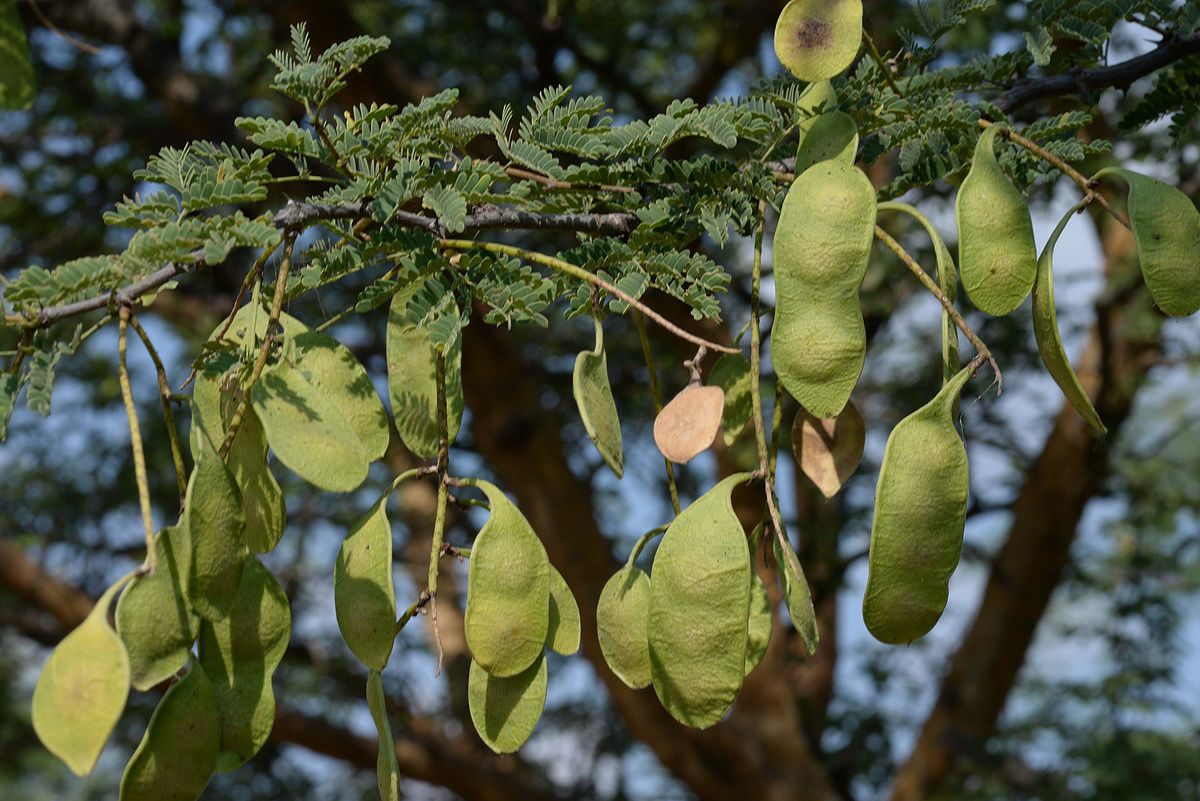About This Project
The Inverted Sequence (IR) of some plants is one of well-known kind of special sequences. But, until now, the exact mechanism of how the IR sequence is made hasn't discovered yet. Most plants have an IR regions, but legumes do not have an IR regions, and among them, deciduous legumes have an IR zone. Thus, the purpose of our study is to elucidate the structure and mechanism of the IR region. Additionally, our team is going to figure out the relationship of it and plants' deciduousness.
Ask the Scientists
Join The DiscussionWhat is the context of this research?
According to numerous researchers, most of DNAs of chloroplasts in most of plant species have "ring" structure. More important thing is that is/are pair(s) of repetitive parts of specific structure within it, for some plant species. By additional researches, most of 'Fabaceae' plants were turned out not having those repetitive sequences (they are called "IR Sequences") in their cpDNAs(※ cpDNA is an abbreviation of 'chloroplast DNA', which refers to the DNA of the chloroplast itself.). But most important things for our research team are that current science haven't explained yet about by which mechanism IR sequences which biologic functions they have, or even whether they participate in any 'biologic function'.
What is the significance of this project?
The decisive mechanism of how IR sequence of plants made hasn't eludicated yet. Thus, our research team is going to figure out the mechanism. And furthermore, our main hypothesis is that symbiotic bacteria is related to this mechanism and IR sequence have connection with plants' deciduousness.
What are the goals of the project?
Our research team is going to figure out the "most accurate" mechanisms and causes of the formation of IR sequences in some plants, in 'general' ways. Plus, one of our hypotheses is that presence of IR sequence is related to the "Deciduousness" of plants, and we are going to take a deep look into it.
■ Deciduousness is the state or condition of being deciduous; the quality of trees which lose their leaves in winter or the dry season. For example, platanus trees lose their leaves when temperature go down.
■ ■The main idea of one of our hypotheses is that the presence of IR sequences inside of certain plants' chloroplast can make the leaves of the plant deciduous. And, we are going to find out relationship between the presence of IR sequence and the presence of symbiotic bacteria.
Budget
This is how we are conducting further research.
Endorsed by
 Project Timeline
Project Timeline
This is detailed timeline about our research. It'll be started within 2023 ~ 2025
Due to professor's current(2022) research and Jaehoon Jeong's personal military schedule(ps. In Korea, it's obligatory for all Korean men to go to national army.), it is not certainly set when to start between 2023~2025. But below is the most likely scenario of our research.
p.s. "The research will probably start in 2023, but if a more definite schedule is made, I will let you know by writing a lab note."
Oct 01, 2022
Project Launched
Nov 13, 2022
Start Project
Dec 29, 2026
Finish analyzing & start sequencing
Meet the Team
Affiliates
Team Bio
from Yeungnam University, Plant Lab.
Jaehoon Jeong
3rd year undergraduate, Dept. of Biology, Yeungnam University.
My name is Jaehoon Jeong, a 3rd year jaehunjeong06@yu.ac.kr | (*click the blue-colored bold text with contact information to send message or send online messages)
Main Interest : Molecular Biology, Quantum Physics, exploring new area of science for the first time, Ants, Microscope, Telescope, Black Hole, Dimension, Social Insectology, French culture&language, Discovering new things
Additional Information
[About the Project]
The l study is to elucidate the structure and mechanism of the IR region. Furthermore, we are going to find out relationship between presence of IR sequence in plants and their deciduous traits. whether the symbiotic bacteria associated with the plants.
[Introducing our target plant]
Senegalia senegal, which is called as "Arabian gum" is our target plant. It belongs). .

[About our Institution]
* For more informations about our institutions, click logo below. *
 Yeungnam University, South Korea.
Yeungnam University, South Korea.Project Backers
- 2Backers
- 1%Funded
- $91Total Donations
- $45.50Average Donation




